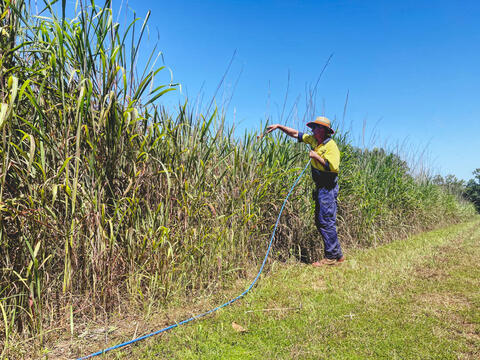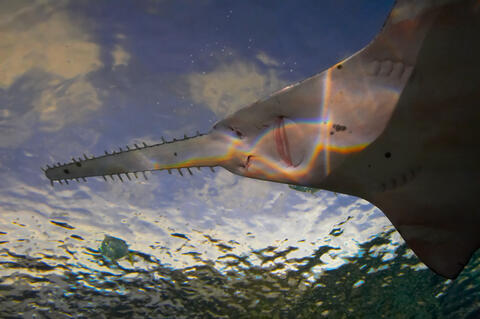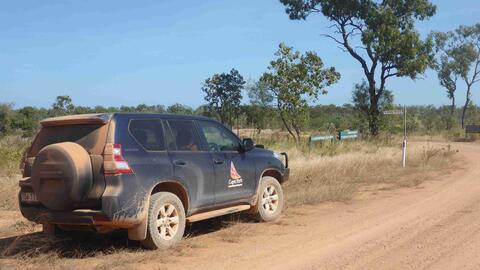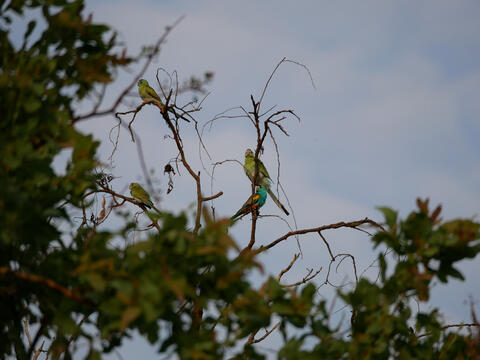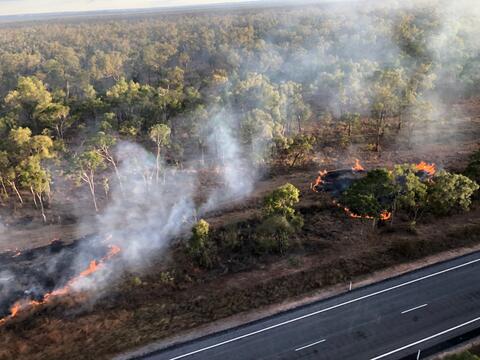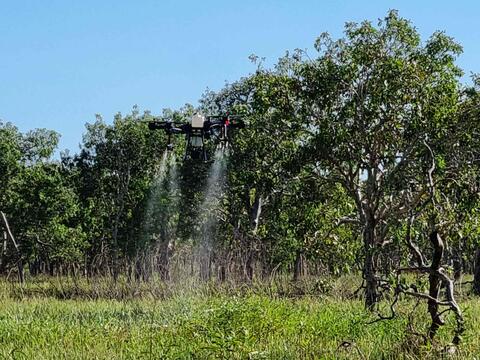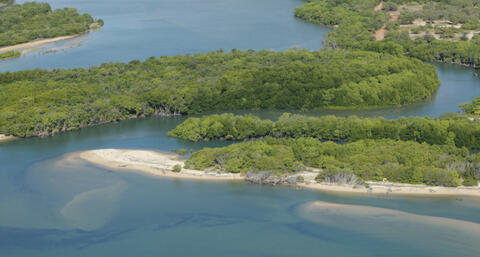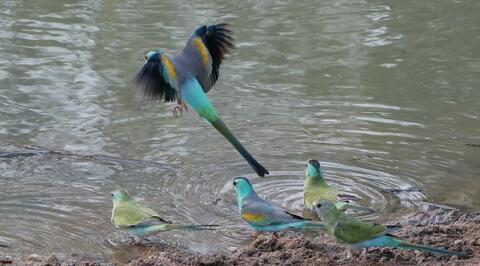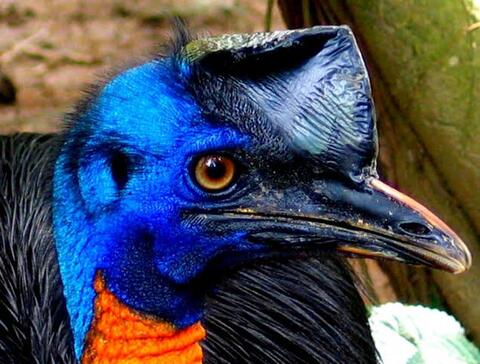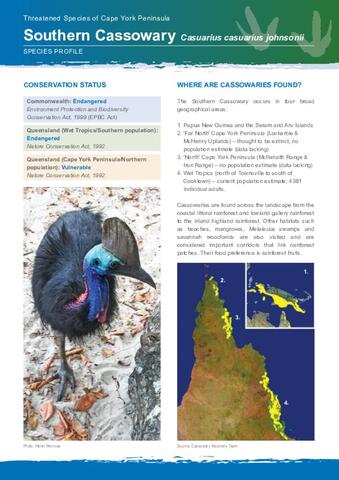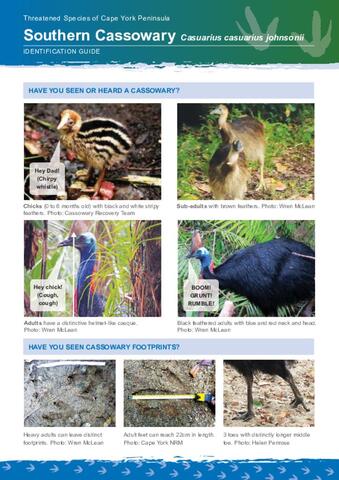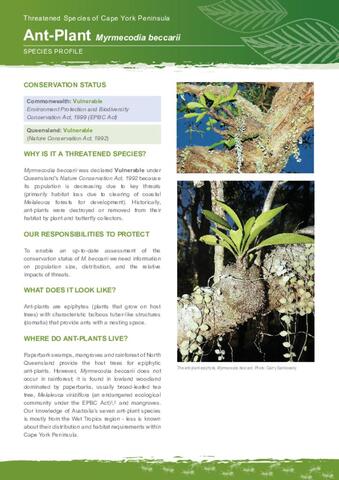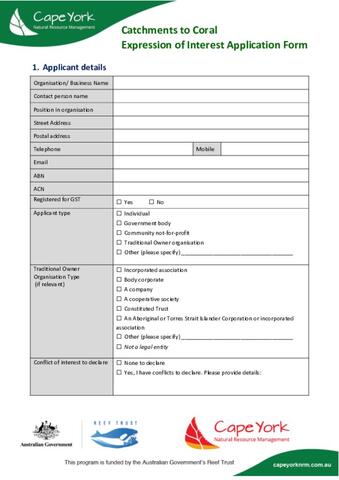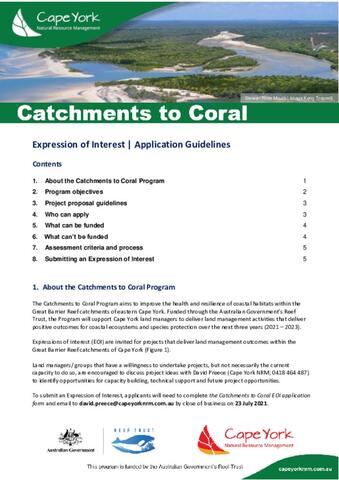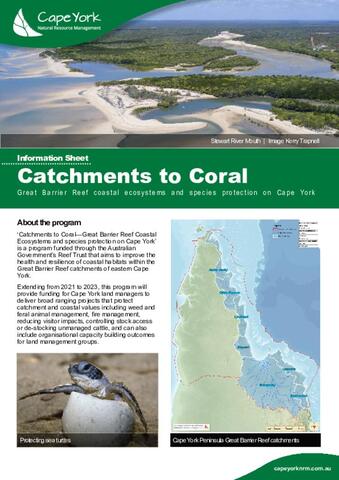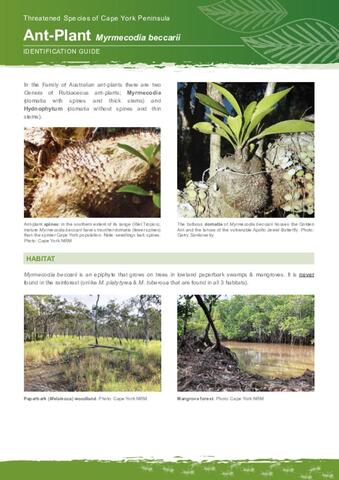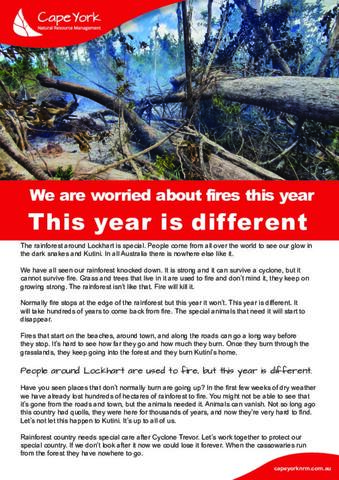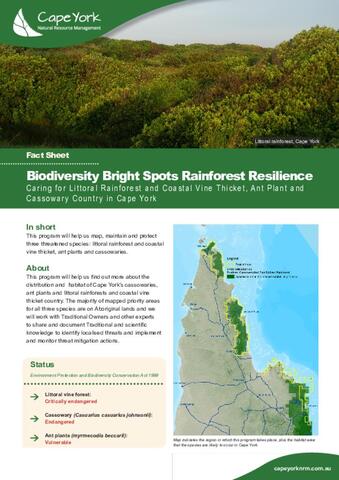Regional Land Partnerships
The aim of Regional Land Partnerships is "to protect, conserve, and provide for the productive use of Australia's water, soil, plants and animals and the ecosystems in which they live and interact, in partnership with governments, industry and communities. Regional Land Partnerships is a major component of the second phase of the National Landcare Program. The investment for 2018-2023 will fund biodiversity projects focused on protecting rainforest, woodlands and coastal vine thickets as well as cassowaries and the golden shouldered parrot. It will also support the organisations to work with farmers across Far North Queensland over the next five years to deliver initiatives aimed at boosting farm productivity while improving habitat for native animals. These projects will tackle issues such as hillslope erosion and soil acidification, while providing workshops and programs to build farmer knowledge about soil management.
Cape York NRM programs are:
- Biodiversity Bright Spots Woodlands: Mobilising Threatened Species Recovery in Golden Shouldered Parrot Habitat Cape York
- Biodiversity Bright Spots Rainforest Resilience: Caring for Cassowary, Littoral Rainforest and Coastal Vine Thicket (Ant Plant) Country in Cape York
- Healthy Farming Futures: Innovation in Action
This project is supported by Cape York NRM, through funding from the Australian Government’s National Landcare Program.
Projects funded by this investment
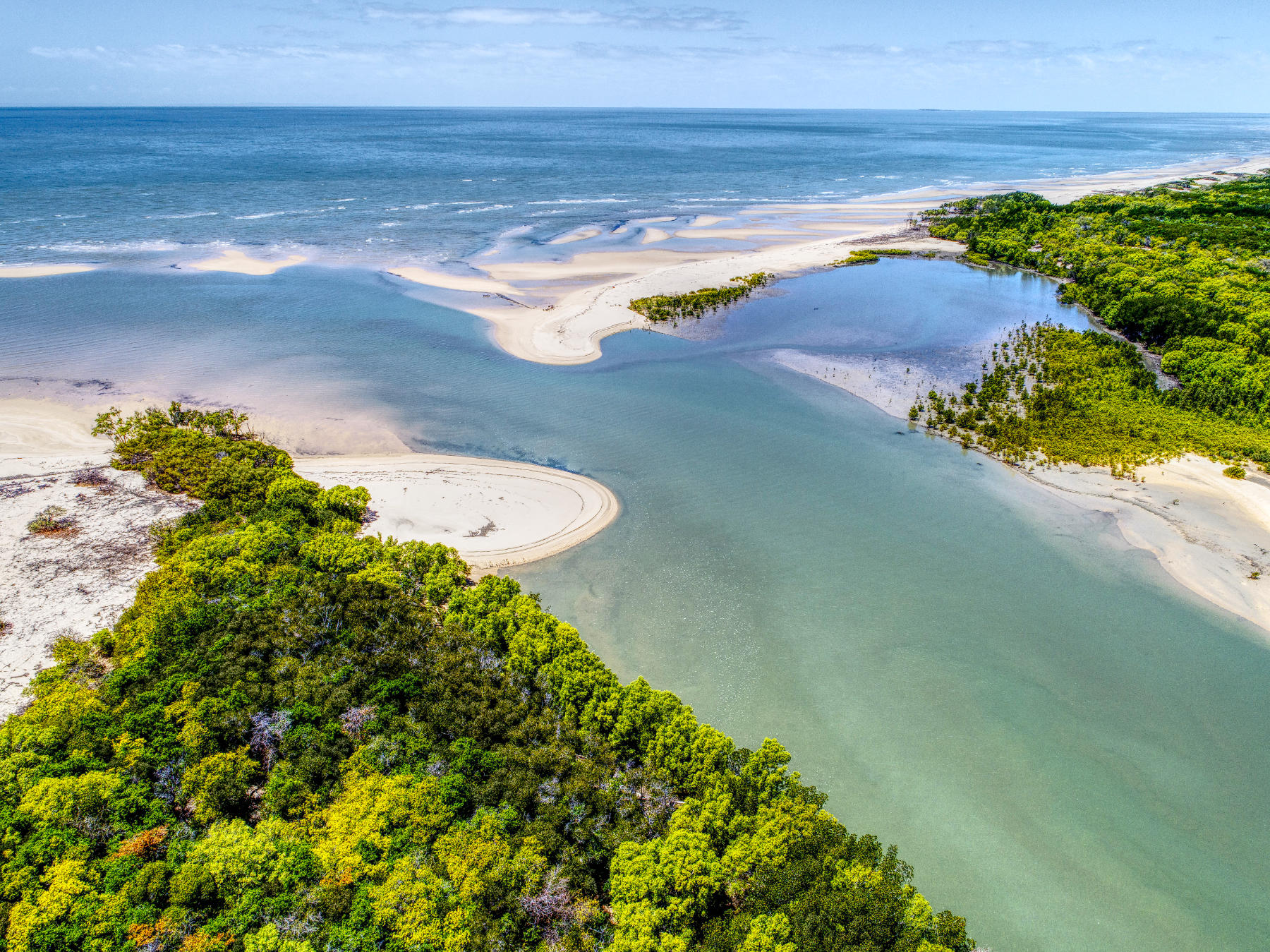
Catchments to Coral—Great Barrier Reef Coastal Ecosystems and species protection on Cape York is a program funded through the Australian G
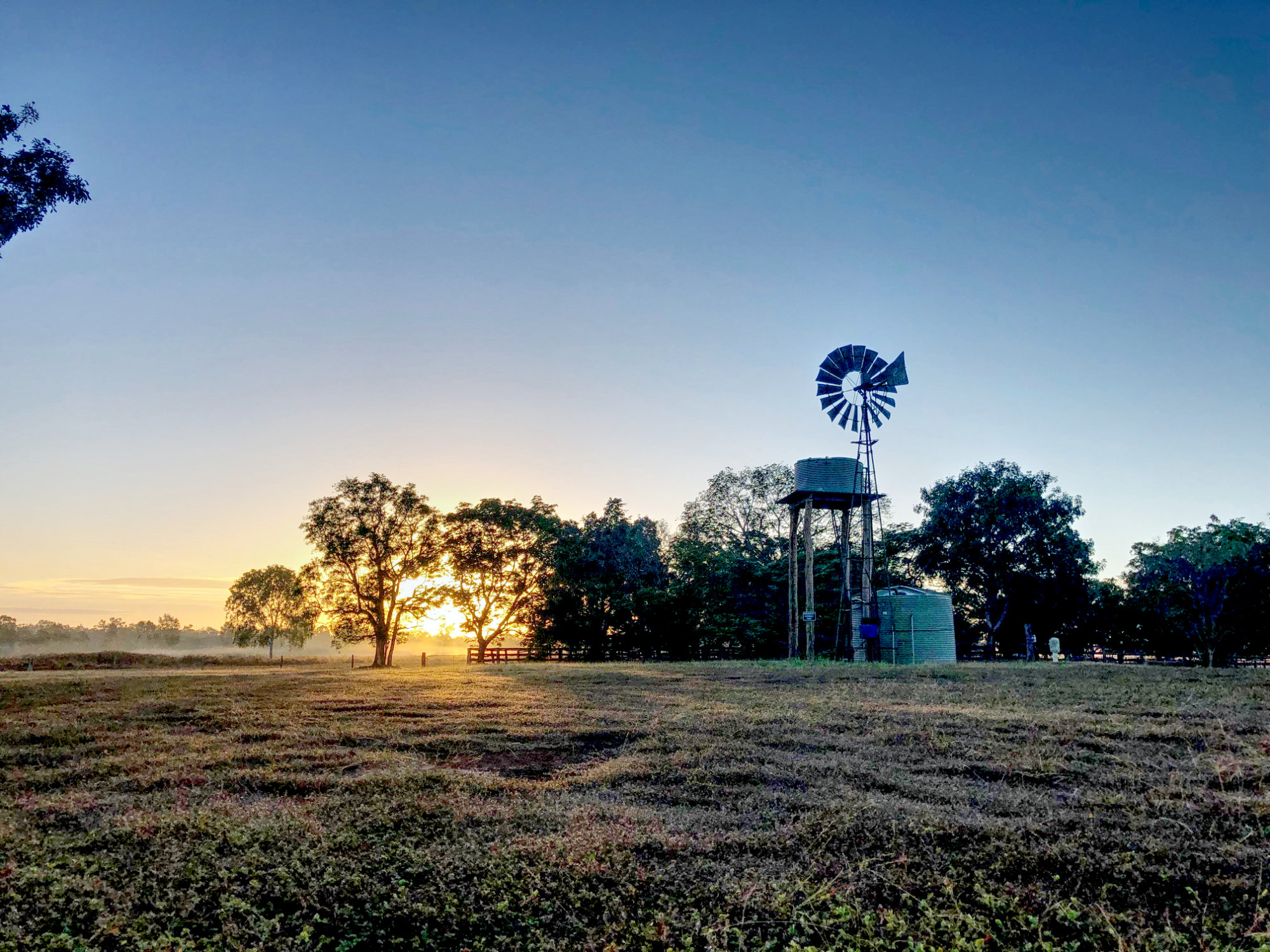
The Healthy Farming Futures (HFF) project focuses on grazing properties in western draining catchments of Cape York Peninsula.
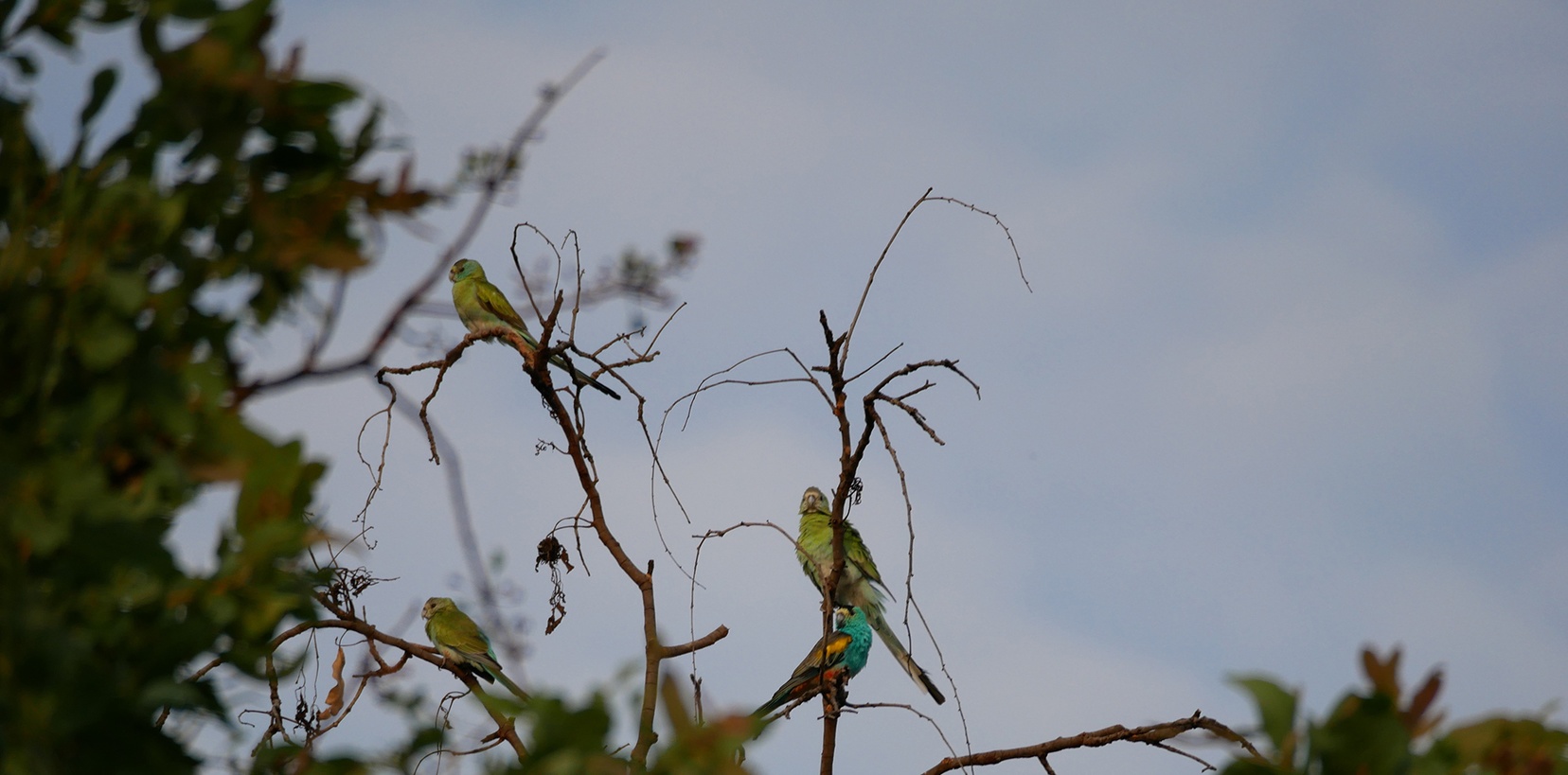
This project will collect new data on the endangered Golden-shouldered Parrot (GSP) in areas of central-eastern and northern Cape York to increase
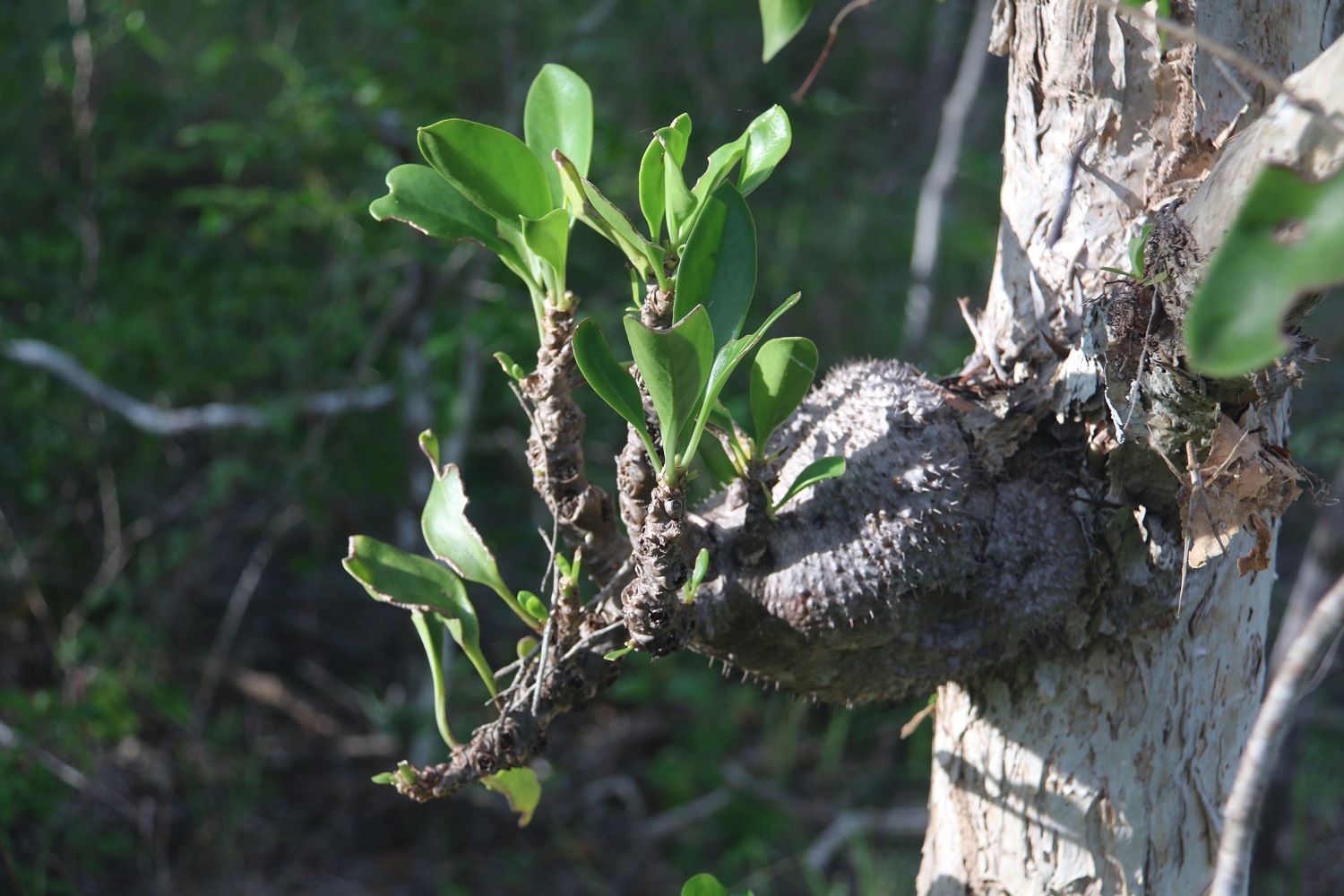
This project seeks to improve the knowledge and trajectory of two threatened species and one threatened ecological community on Cape York; all foun


